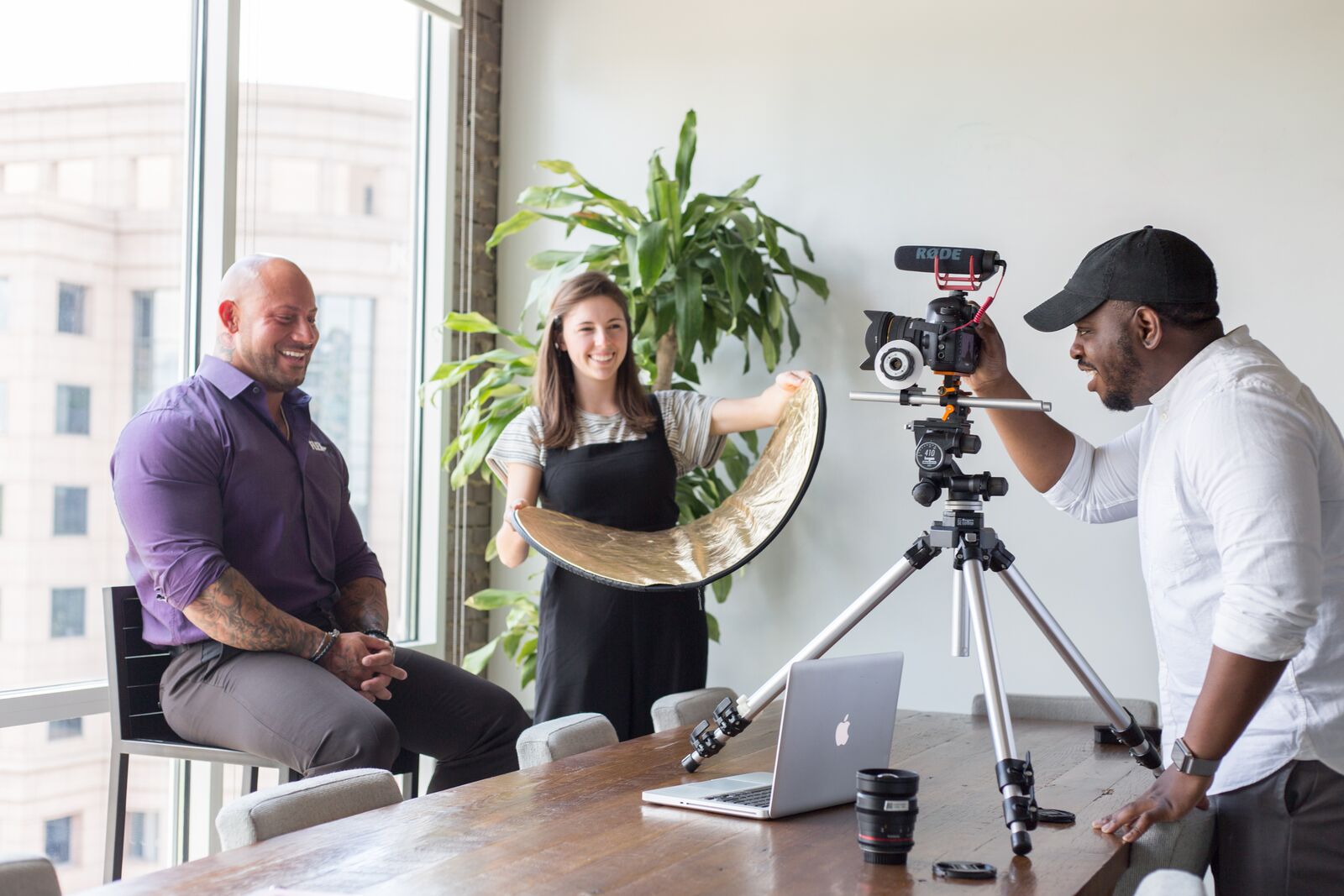The art of filmmaking, at its core, is a form of expression. It encourages freedom, experimentation, and innovation. There are an endless number of ways to set-up a shot, edit a scene, or tell a story. But when you’re just starting out, there are several concepts, ideas, tips, and tricks which can help you make more responsible decisions in your filmmaking process.
1. Not having Equipment or Having Dead Batteries
Something like this should be common knowledge, but it still persists. Keeping your gear organized with a systematic workflow for charging batteries, dumping/wiping cards, and keeping everything cataloged is extremely important for any serious video professional.
2. White Balance Being Off
If you don’t understand white balance, you should definitely take some time to learn. If you don’t have the time to learn, you should definitely at least use auto-white balance. There’s no excuse for shooting daylight footage white balanced for tungsten or vice versa. Using the correct white balance can change the overall look of your shot drastically.
3. Breaking the 180-Degree Rule
The 180° rule is a cinematography guideline that states that two characters in a scene should maintain the same left/right relationship to one another. But the 180-degree rule is more of a suggestion than a rule. Of course, not having an understanding of what it is and why it works is the first step to creating confusing scenes and compositions which serve no direct purpose. If you can acknowledge your mastery of the rule first, you’re well within your rights to break it as long as it’s done intentionally.
4. Under or Over Lighting Shots With Poor Set-Ups
When working in professional videography, lighting is usually the part of production which separates the amateurs from the seasoned pros. Setting the time aside to understand and properly set up lighting for a scene can be a huge part of telling a story and adding depth to your shots.
5. Incorrect Using The Warp Stabilizer Tool
Warp Stabilizer is an effect in Adobe Premiere Pro. In itself, it is a powerful tool which can be used to stabilize shaky footage here or there, though it’s not always perfect and can’t work miracles on hopelessly unstable footage. Time and time again you see it applied improperly and create waves in footage which can ruin a project. So make sure when shooting you at least have one or two thing, some sort of stabilizer attached to the camera, or a camera or lens with image stabilizer on it.
6. Incorrectly Formatting
Whether you’re exporting for YouTube or television, you need to be intentional with your export and formatting settings. Many editing programs include helpful presets that are often ignored if you don’t know where to look. The correct settings can take your project from a crystal clear master piece to a unclear pixelated mess.
If you are interested in learning more about the basics of photography or videography, please don’t hesitate to reach out! We’d love to hear from you. You can reach The Burnette Agency by email at info@theburnetteagency.com or give us a call at 404-850-2081.

